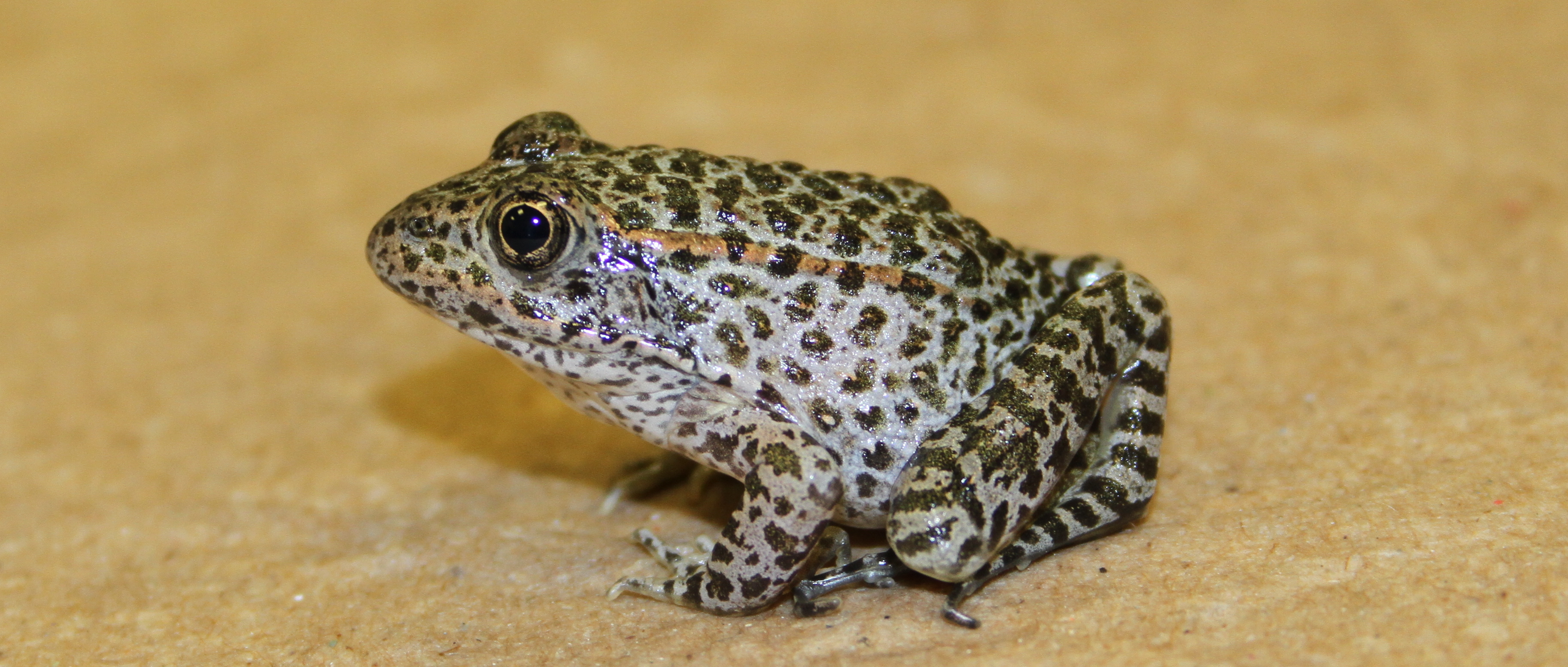
The Little Frog That Might
The Little Frog That Might
Once upon a time there lived a small frog in Louisiana that adorably covers its eyes when exposed to bright light or other threats (kind of like a Gremlin). This little frog, whose mating call has been likened to human snoring, is at the center of a big fuss ever since the federal government decided to go stomping all over private land on its behalf.
The dusky gopher frog hasn’t been seen in Louisiana since at least 1965. The species – which can be found in a special pond in Mississippi – requires some particular natural surroundings in order to survive, according to experts. So, the Fish and Wildlife Service has designated a 1,500-acre parcel in St. Tammany Parish – which has some of those special natural conditions, but not as much as their native land– as a potential critical habitat for the frog. “Designated” is a fancy way of saying “taken over by the government.”
The land owners, in response, have been waging a six-year legal battle against this decision, which seems like a clear example of government overreach. That battle will reach its conclusion October 1 when the Supreme Court of the United States (SCOTUS) hears oral arguments between the two sides. So far, two lower courts have ruled for the government.
Here’s what’s at stake: The government wants to reserve the right to move the frogs from their native home in Mississippi here to St. Tammany should the need arise, thus the protection under the law. The land in question is in use as pine timberland, owned by the Poitevent family in partnership with Weyerhauser, a multi-national timber company. While there is some work on the land currently, the landowners want to keep their options open to potentially develop the property more down the road. In their SCOTUS brief, St. Tammany Parish officials said they want to see the property eventually developed.
There are a lot of moving parts involved here, and if you can say “dusky frogs” without giggling under your breath, you’re better than most. The truth is, if it weren’t so serious, it might be that funny. This case addresses fundamental questions of property rights and a fight to limit the overreach of the federal administrative state. And, in this case, of course, something even more important to St. Tammany residents: jobs and opportunity are at stake. And, as dissenting opinions along the way have voiced loudly, the government in this case is terribly wrong.
The Endangered Species Act aims to protect vulnerable animal and flora populations and other natural habitats. The concept of private property, however, is enshrined in our country’s founding documents and the protection of that property is a fundamental American value. So, what happens when private property rights and the Endangered Species Act come into conflict? Dusky frogs become a proxy for the fight, and SCOTUS will weigh in. There should be a decision based in common sense, fairness and a measure of practicality.
In the wake of Hurricane Katrina, more than 30,000 people shifted their residence to the other side of Lake Pontchartrain. The Northshore has been a major driver of economic growth, and the potential economic impact of the land in question holds great promise of property (and, of course sales tax revenues). The Fish and Wildlife Service admitted that isolating the land for potential dusky frog habitat would destroy $33.9 million of potential development value on the land.
Right now, the reality is that land is an unsuitable habitat and would require cutting down thousands of trees to make it livable for this little frog, which might decide it doesn’t like it there anyway. It’s an unfortunate reality that leaves no handsome prince at the end of this decidedly unhappy story. This is an abominable case of government overreach well beyond the scope of the Endangered Species Act. It defies the concept of private property and leaves vast portions of the country open to the whims of what might be, should Fish and Wildlife prevail in this farce.



